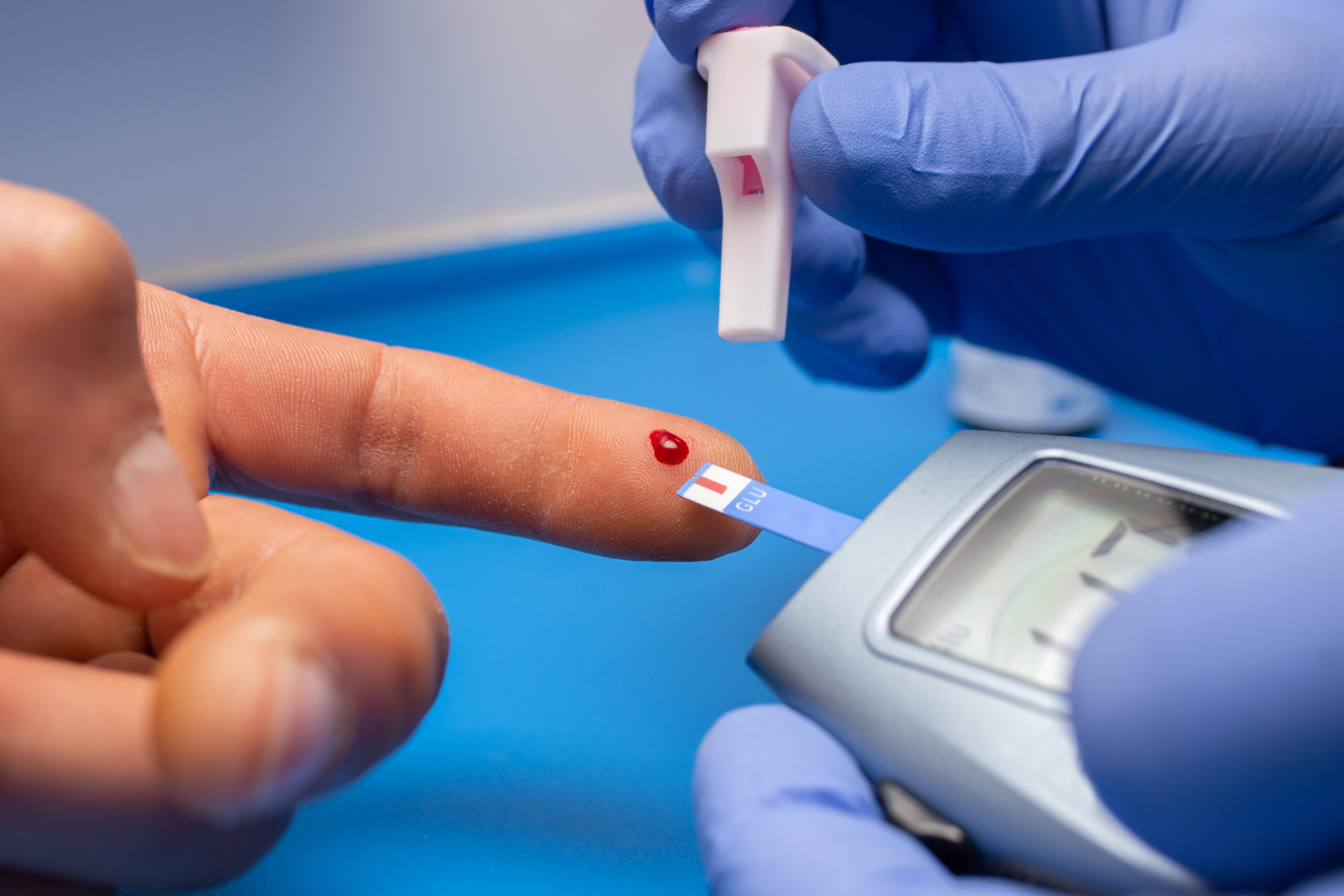
“Exploring Diabetes Reversal: Is it Possible and How?”
Diabetes has long been viewed as a lifelong condition that requires continuous management and medication. However, in recent years, there has been growing interest in the possibility of reversing diabetes. Is it truly possible to turn the tide on this chronic condition? In this blog, we’ll delve into the concept of diabetes reversal, exploring its feasibility and how it can be achieved.
Understanding Diabetes Reversal
Diabetes reversal refers to a state where blood sugar levels return to a normal or near-normal range without the need for diabetes medication. This is a distinct goal from diabetes management, where individuals aim to control their blood sugar levels through medication, diet, and lifestyle changes.
Type 2 Diabetes and Reversal
Type 2 diabetes is the form of diabetes most closely associated with the potential for reversal. This is because Type 2 diabetes often has strong ties to lifestyle factors, such as diet and physical activity, and these factors can be modified to improve blood sugar control.
Key Factors in Diabetes Reversal
- Dietary Changes: A significant aspect of diabetes reversal involves adopting a healthy eating plan. This typically includes reducing the consumption of high-sugar and high-carbohydrate foods, focusing on whole foods, and controlling portion sizes.
- Physical Activity: Regular exercise plays a vital role in improving insulin sensitivity and blood sugar control. Combining aerobic activities with strength training can be particularly effective.
- Weight Loss: For many individuals, achieving and maintaining a healthy weight is essential for diabetes reversal. Even modest weight loss can have a significant impact on blood sugar levels.
- Medication Adjustment: In some cases, individuals may need medication initially to help manage their blood sugar. However, as they make lifestyle changes and their condition improves, medication doses may be reduced or eliminated.
- Monitoring: Regular monitoring of blood sugar levels is critical during the reversal process. It helps individuals understand the impact of their lifestyle changes and make necessary adjustments.
Success Stories and Studies
Numerous success stories exist of individuals who have successfully reversed their Type 2 diabetes through lifestyle changes. Additionally, clinical studies have shown promising results in terms of diabetes reversal. These studies highlight the potential for significant improvement in blood sugar control and even remission of the condition.
Consultation with Healthcare Professionals
It’s important to note that attempting diabetes reversal should always be done under the guidance of healthcare professionals. They can provide personalized recommendations, monitor progress, and ensure that any necessary medications are adjusted safely.
Conclusion
While diabetes reversal is not guaranteed for everyone, it is a goal that can be achieved by many individuals, especially those with Type 2 diabetes. Through a combination of dietary changes, physical activity, weight management, and medical supervision, it is possible to significantly improve blood sugar control and, in some cases, even reverse diabetes. If you or a loved one is interested in exploring diabetes reversal, consult with a healthcare provider to create a tailored plan for success. Remember, your health is worth the effort, and positive change is possible!



